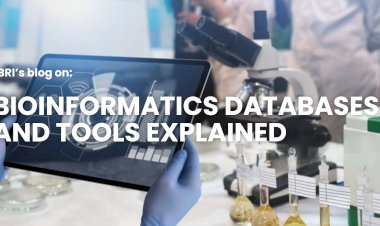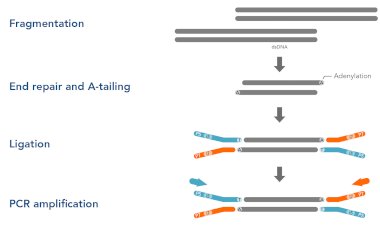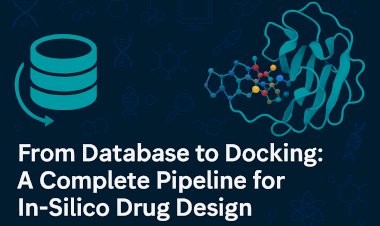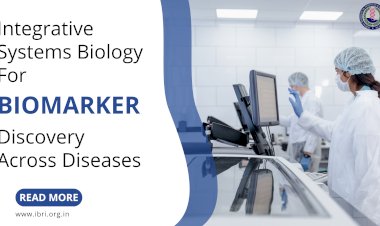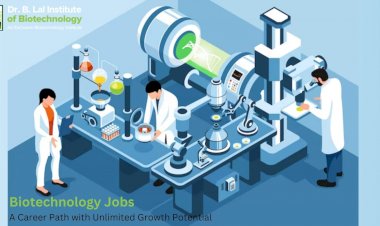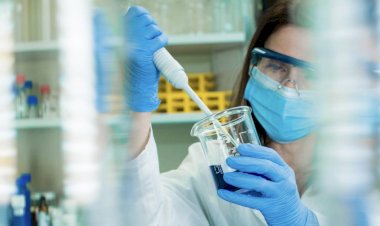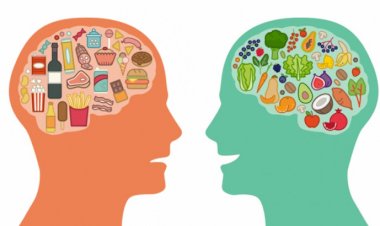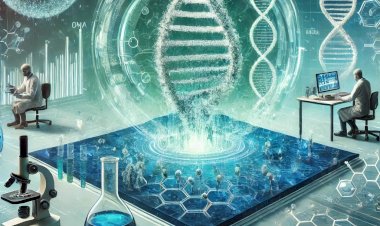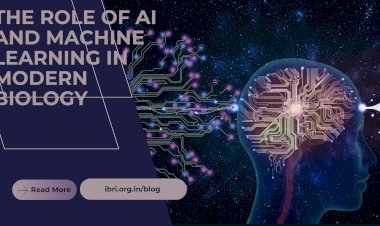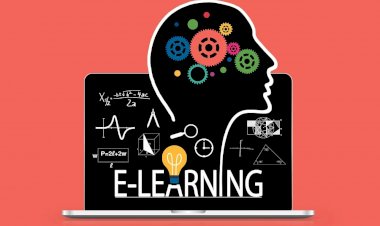Bioinformatics and its future perspectives
Biological Data, Next generation sequencing, DNA sequencing, Proteomics, Metabolomics
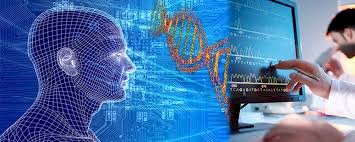
Bioinformatics and its future perspectives
Analyzing and interpreting biological data is the goal of the field of bioinformatics, which combines biology, computer science, and statistics. In order to comprehend the intricate biological systems that support life, it has emerged as an important tool for scientists. It has evolved into a valuable tool in contemporary biology because it enables scientists to understand intricate biological systems and analyze huge datasets produced by high-throughput technologies like next-generation sequencing (NGS). In this report, I will discuss the current state of bioinformatics and its future perspectives.
Since it first emerged in the 1980s, bioinformatics has advanced considerably. Due to the massive increase of biological data produced by high-throughput technologies like DNA sequencing, proteomics, and metabolomics, the area has experienced exponential growth. The enormous amounts of biological data produced by these technologies require the use of bioinformatics tools and databases for storing, processing, and interpreting.
The invention of genome sequencing has been one of bioinformatics' most significant achievements. A significant multinational effort to sequence the entire human genome was known as the Human Genome Project, which was finished in 2003. This study opened the door to the creation of novel medications, diagnostic devices, and personalized treatment. The cost of genome sequencing is dropping, and it is now feasible to sequence a person's genome for less than $1,000. This prompted the creation of direct-to-consumer genetic testing, which enables people to discover their genetic susceptibilities to diseases and other features.
Drug development is another field that bioinformatics has significantly benefited from. To find new therapeutic targets, forecast medication toxicity, and increase drug effectiveness, bioinformatics technologies have been applied. As an illustration, new treatment targets for diseases including cancer, Alzheimer's, and others have been found using bioinformatics methods. In order to reduce the need for animal testing and hasten the medication development process, bioinformatics has also been utilized to create computer models of drug interactions.
Bioinformatics has a promising future and is set to experience rapid expansion. The advancement of personalized medicine is one area where bioinformatics is anticipated to have a substantial influence. Individuals' genetic make-up, lifestyle, and environment are taken into account while designing medical treatments in personalized medicine. Bioinformatics tools will be crucial for processing the enormous volumes of data produced by personalized medicine and creating novel therapies that are catered to each patient's particular needs.
In the advancement of synthetic biology, bioinformatics is also likely to have a big influence. Designing and creating new biological systems that do not exist in nature is known as synthetic biology. The creation and simulation of these new systems, as well as the prediction of their behavior and performance optimization, will require the use of bioinformatics technologies.
Over the past few decades, the discipline of bioinformatics has advanced quickly, and in the years to come, it is anticipated that this trend will continue. High-throughput technologies, which produce enormous amounts of data, are one of the major forces behind this increase. For instance, the 2003 completion of the Human Genome Project resulted in a huge amount of genomic data that needed to be analyzed using sophisticated computational techniques.
Several major developments, such as the following, are anticipated to influence the direction of bioinformatics in the future:
1. Combining different data types: To develop a more thorough understanding of biological systems as the volume of biological data increases, researchers will need to combine various forms of data. For instance, integrating data from the genomic, transcriptomic, proteomic, and metabolomic fields can give a more complete view of the interactions between genes and proteins in cells.
2. Utilizing machine learning more frequently: As they can assist researchers in finding patterns and links in large datasets, machine learning algorithms are playing a bigger role in bioinformatics. As an illustration, machine learning algorithms can be used to categorize cancers based on their gene expression profiles or anticipate the function of genes.
3. New tool and algorithm development: The analysis and interpretation of new types of biological data will require the development of new tools and algorithms. For instance, new techniques are required to interpret single-cell sequencing data, which enables scientists to examine the gene expression patterns of particular cells.
4. Collaboration is working better: Collaboration between researchers with various specialties will be crucial for sustained advancement in bioinformatics, a field that is intrinsically interdisciplinary. The creation of new tools and algorithms will heavily rely on interactions between computer scientists, mathematicians, statisticians, and biologists.
5. Increase in applications: Genomic, proteomic, and drug discovery research have all benefited significantly from bioinformatics. It is anticipated to branch out into new fields in the future, like synthetic biology, individualized medicine, and microbiome research.
6. Legal aspects: As biological data volumes continue to rise, ethical issues will become more crucial. Researchers must make sure that information is gathered and used in an ethical and responsible way. The privacy of study participants must be protected, data must be stored securely, and data misuse must be avoided.
7. A movement known as "open science" advocates the open and transparent exchange of scientific information. By making it simpler for researchers to work together and by encouraging the reuse of data, open science might hasten development in the field of bioinformatics. By facilitating greater access to data and methodologies, open science can also aid in improving the reproducibility of research.
8. Cloud computing: As it enables researchers to more effectively store and analyze massive datasets, cloud computing is playing a bigger role in bioinformatics. Additionally, cloud computing makes it easier for academics to work together and access computational capabilities that they might not otherwise have.
9. Data standardization: To enable data exchange and reuse, standardization of data formats and metadata is crucial. The bioinformatics community has placed a lot of emphasis on the creation of standard formats for genomic, transcriptomic, proteomic, and metabolomic data, and this trend is probably going to continue in the future.
10. Education and training: As bioinformatics gains importance in contemporary biology, bioinformatics education and training will be crucial for researchers across a variety of domains. Along with instruction on the biological ideas and experimental procedures that form the basis of bioinformatics research, this also involves instruction in computer methods, statistics, and data analysis.
Finally, it can be said that the area of bioinformatics is likely to keep developing and growing in the future due to factors such as the growing accessibility of high-throughput technology, the demand for integrating various types of data, and the creation of new tools and algorithms. Continued advancement in the field of bioinformatics will depend on the cooperation of researchers from various backgrounds, ethical considerations, open science, cloud computing, data standards, and education and training.

 Janhvi
Janhvi 






